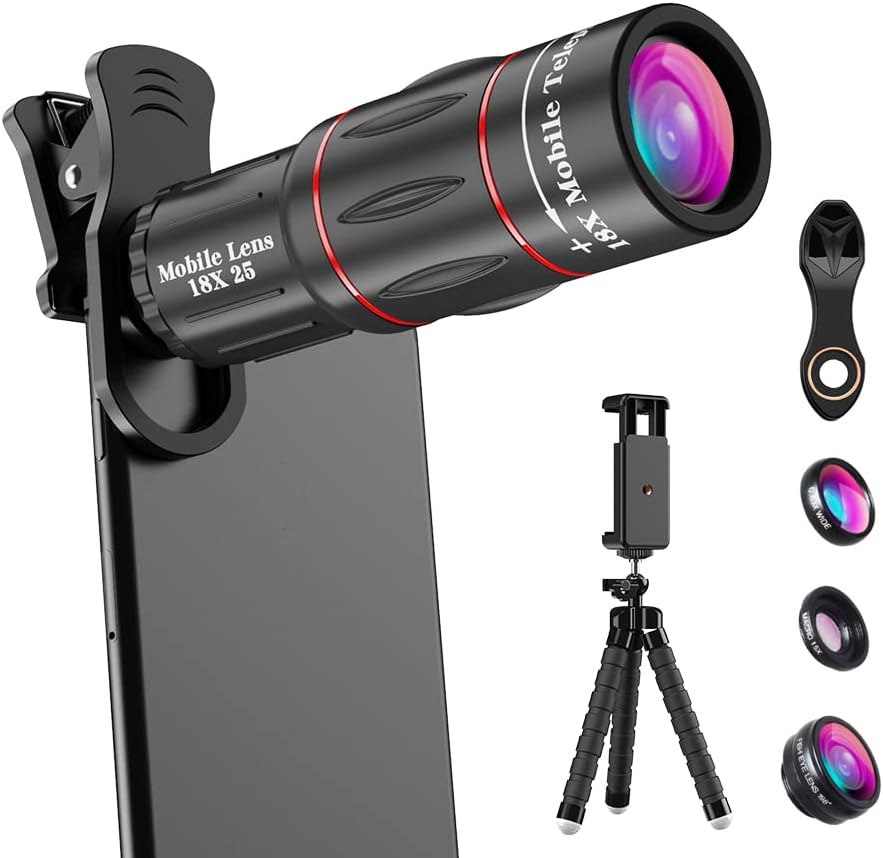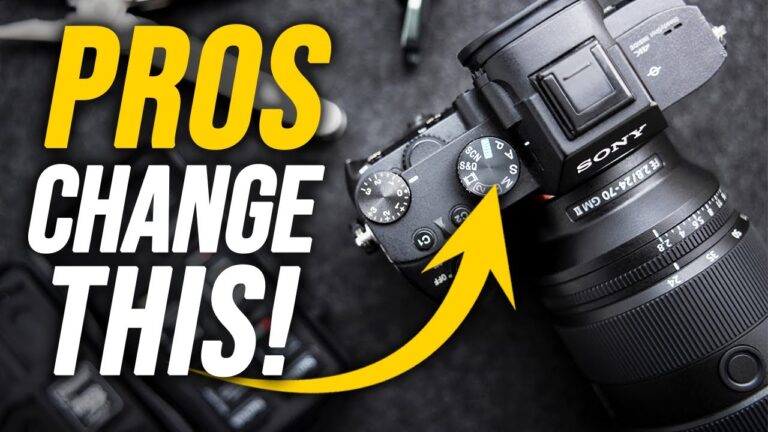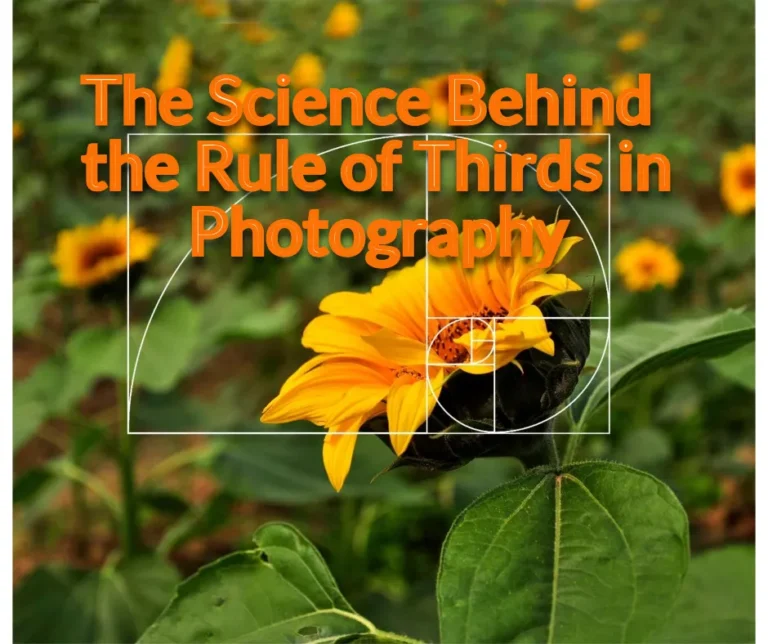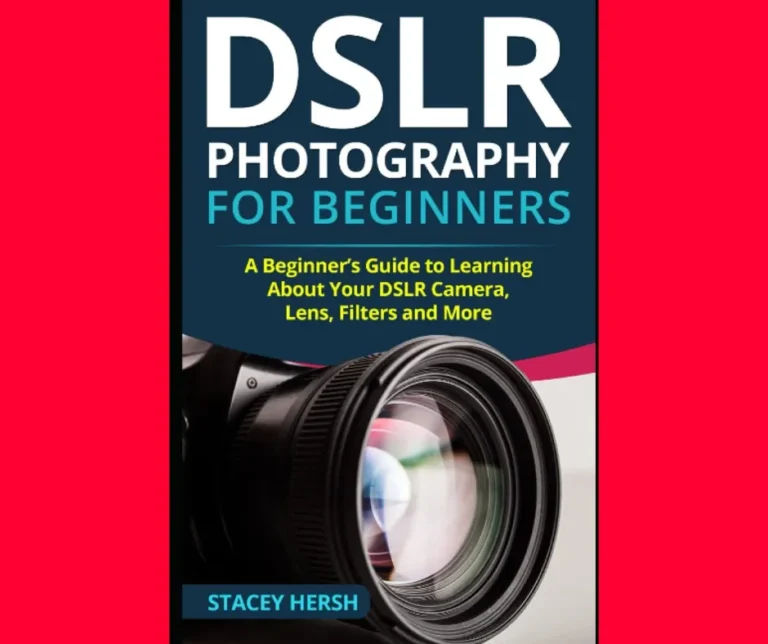Is camera phone photography killing an art form
Are we sacrificing artistry for convenience with camera phone photography?
In today’s digital age, it seems almost impossible to go a day without encountering some form of photography.

Whether it’s scrolling through social media feeds, flipping through magazines, or even just walking down the street, we are constantly bombarded with images captured on camera phones.
With the rise of technology, it has become easier than ever for individuals to snap a photo at a moment’s notice and share it with the world.
However, as camera phone photography continues to gain popularity, it begs the question: are we sacrificing the artistry of traditional photography for the convenience of our phones?
In this article, we will explore the history and evolution of camera phone photography, examine its impact on the art world, and discuss the potential trade-offs of trading in professional cameras for the convenience of our phones.
Table of Contents
The rise of phone cameras.
The increasing sophistication and quality of phone cameras have undoubtedly contributed to the rise of phone cameras as a popular tool for photography.
With high-resolution cameras and advanced features, phone cameras have become a convenient and accessible option for capturing and sharing images.
However, some argue that this convenience comes at a cost, as it may be contributing to the decline of photography as a form of art.
While the debate continues, it is clear that phone cameras are changing the landscape of photography and challenging traditional notions of what makes a photograph truly artistic.
As technology continues to advance, it will be interesting to see how the artistry of photography evolves and whether phone cameras will continue to play a dominant role in this evolution.
Convenience vs. artistic expression.
While it is undeniable that the accessibility and convenience of phone cameras have democratized photography and made it more accessible to the masses, there is a growing concern that it may also be diluting the artistry and skill that is traditionally associated with the craft.
With the rise of filters, editing apps, and automatic settings, it is becoming easier than ever to take a visually appealing photo without much effort or technical knowledge.
This has led to a flood of similar, highly edited images saturating our social media feeds, making it harder for truly unique and artistic photographs to stand out.
As a result, some argue that phone cameras are killing photography as an art form, reducing it to a simple point-and-shoot activity rather than a thoughtful and intentional expression of creativity.
However, it is important to remember that the medium does not define the art itself, and there are still many skilled and artistic photographers who use phone cameras as their tool of choice.
Ultimately, the rise of phone cameras may be challenging traditional notions of artistry in photography, but it is also opening up new possibilities for creativity and self-expression.
Exploring the impact on photography.
The widespread use of camera phones has undoubtedly changed the landscape of photography. It has allowed more people to experiment with the medium and capture moments in their daily lives. However, there is a growing concern that phone cameras are killing photography as an art form. With the ease of use and accessibility of phone cameras, the focus has shifted from technical skill and artistic vision to quick, convenient snapshots. This has led to a saturation of similar images on social media, diluting the uniqueness and creativity that was once associated with photography. While phone cameras have their place in the industry, it is important to recognize and preserve the artistry and skill involved in traditional photography.
Are phone cameras killing creativity?
While the use of phone cameras has certainly made photography more accessible and convenient, there is growing concern that it is also killing photography as an art form. With the rise of social media and the constant demand for instant and shareable images, phone cameras prioritize convenience over technical skill and artistic vision. This has led to a saturation of similar images flooding our social media feeds, and a decrease in the uniqueness and creativity that was once celebrated in traditional photography. As we continue to rely on our phone cameras, it is important to remember and preserve the artistry and skill involved in traditional photography, instead of sacrificing it for the sake of convenience.
The democratization of photography.
The democratization of photography through the rise of phone cameras has undoubtedly made the capturing of images more accessible to the general public. However, with this accessibility comes the concern that the artistry and creativity of photography as a medium are being sacrificed. The constant demand for quick and easy images to share on social media has resulted in a saturation of similar shots and a decrease in the uniqueness and technical skill of traditional photography. While phone cameras have their benefits, it is important to remember that they should not replace the art and skill of true photography.
Pushing the boundaries of art.
Despite the convenience and popularity of using phone cameras, it is important to recognize the impact it has on the art of photography. The accessibility of phone cameras may lead to a decline in the appreciation and value of traditional photography as a form of art. In a world where instant gratification and quick social media posts reign supreme, the artistry and creativity of capturing a moment through traditional photography techniques may be lost. It is crucial to find a balance between the convenience of phone cameras and preserving the art of photography for future generations. As technology continues to advance, it is up to us to push the boundaries of what is considered true art and not let phone cameras kill the art of photography.
Balancing convenience and artistic vision.
As technology continues to advance, it is inevitable that phone cameras will become more and more convenient and accessible for everyday use. However, this convenience should not come at the cost of sacrificing the artistry and craftsmanship of traditional photography techniques. While phone cameras may provide a quick and easy way to capture a moment, it is important for photographers to continue honing their skills and utilizing traditional methods to create unique and meaningful photographs. By finding a balance between convenience and artistic vision, we can preserve the integrity and value of photography as an art form. Let us not see phone cameras as killing photography as art, but rather as a tool that can enhance and complement our artistic abilities.
Embracing the possibilities of technology.
With the rise of phone cameras, there has been a debate over whether they are killing photography as an art form. While it is true that phone cameras have made photography more accessible and convenient for the general public, it is important for photographers to embrace the possibilities that technology offers. Phone cameras can be used as a tool to enhance and expand our artistic vision, rather than limiting it. It is up to us as photographers to continue honing our skills and experimenting with different techniques to create unique and meaningful photographs. Instead of sacrificing artistry for convenience, we should strive to find a balance between the two and embrace the possibilities that technology brings to the world of photography.
Preserving the essence of photography.
With the advancement of technology, phone cameras have become more powerful and convenient than ever before. However, this has also sparked concerns about the impact of phone cameras on the traditional art form of photography. Some argue that the ease and accessibility of phone cameras have led to a decline in the technical and creative skills required for traditional photography. However, it is important to recognize that a camera is simply a tool, and it is the photographer’s vision and skill that truly capture the essence of a photograph. Instead of viewing phone cameras as a threat to traditional photography, photographers should embrace them as a means to enhance their artistry and reach new levels of creativity. The key is to find a balance between convenience and artistry, utilizing the capabilities of phone cameras while still preserving the essence of photography as a form of artistic expression.
Nurturing creativity in the digital age.
With the rise of social media and the easy accessibility of phone cameras, there is a growing debate around the question: are phone cameras killing photography as an art form? While it is true that the convenience and instant gratification of phone photography may lead to a decline in technical skill and the appreciation for composition and lighting, it is important to recognize that technology can also be a tool for nurturing creativity in the digital age. Instead of seeing phone cameras as a replacement for traditional photography, we should embrace them as a means to push the boundaries of artistic expression and explore new techniques and perspectives. By incorporating phone cameras into our artistic process, we can enhance our creativity and continue to evolve the art of photography in the digital age. In conclusion, while camera phone photography offers convenience and accessibility, it is important for us to also consider the impact it may have on the artistry and creativity in photography. As technology continues to advance, it is up to us as individuals to continue to push the boundaries and strive for artistic excellence, rather than settling for convenience. Let us not sacrifice the true essence of photography for a quick and easy snapshot, but instead use our camera phones as a tool to enhance and elevate our art.
FAQ
How has the widespread use of camera phones impacted the artistry and creativity of photography?
The widespread use of camera phones has greatly impacted the artistry and creativity of photography. With camera phones becoming increasingly advanced, more people now have access to a convenient and high-quality tool for capturing images. This has led to a democratization of photography, allowing individuals to explore their creativity and express themselves through visual storytelling. Additionally, social media platforms have provided a platform for photographers to share their work and connect with a wider audience, further expanding the reach and impact of their art. However, there is also a debate about the impact of camera phones on the professional photography industry and the rise of amateur photographers.
Are camera phone photographers more focused on capturing a moment quickly rather than considering artistic composition and techniques?
No, camera phone photographers are not necessarily more focused on capturing a moment quickly rather than considering artistic composition and techniques. While it is true that camera phones are often used for quick and spontaneous photography, many individuals also use them to explore their artistic skills and experiment with composition, lighting, and other techniques. With advancements in technology, camera phones now offer a wide range of features and tools that enable photographers to create visually appealing and artistic images. Ultimately, the focus of camera phone photographers can vary depending on the individual’s intentions, skills, and preferences.
Does the convenience of camera phone photography discourage people from investing in professional cameras and pursuing photography as a serious art form?
While the convenience of camera phone photography may make it easier for people to capture and share images, it does not necessarily discourage them from investing in professional cameras or pursuing photography as a serious art form. Camera phones have their limitations in terms of image quality, control, and versatility, which can often be addressed by professional cameras. Moreover, serious photographers recognize the importance of technical knowledge, creative vision, and skill development, which may require the use of professional equipment. The convenience of camera phone photography may serve as a gateway for individuals to explore photography, but it does not replace the desire for professional tools and the pursuit of artistic excellence. Are camera phone filters and editing tools replacing the skill and craftsmanship required in traditional photography post-processing? Camera phone filters and editing tools are not replacing the skill and craftsmanship required in traditional photography post-processing. While these tools make it easier for users to enhance their photos, they do not eliminate the need for knowledge and expertise in composition, lighting, and other fundamental aspects of photography. Traditional photography post-processing still requires a deep understanding of color theory, tonal adjustments, and other techniques that cannot be fully automated by filters and editing tools. Ultimately, these tools are just aids that can enhance the creative vision of a skilled photographer, but they do not replace the skill and craftsmanship required in traditional photography post-processing. Is the prevalence of camera phone photography leading to a decline in appreciation for professional photographers and their work? No, the prevalence of camera phone photography is not leading to a decline in appreciation for professional photographers and their work. While camera phones have made photography more accessible and popular, they also serve as a tool for people to develop an interest and appreciation for photography as an art form. Professional photographers still offer a level of expertise, technical skill, and creativity that sets their work apart. Additionally, the demand for high-quality images and unique perspectives continues to exist, ensuring that professional photographers are valued and appreciated in their field.






